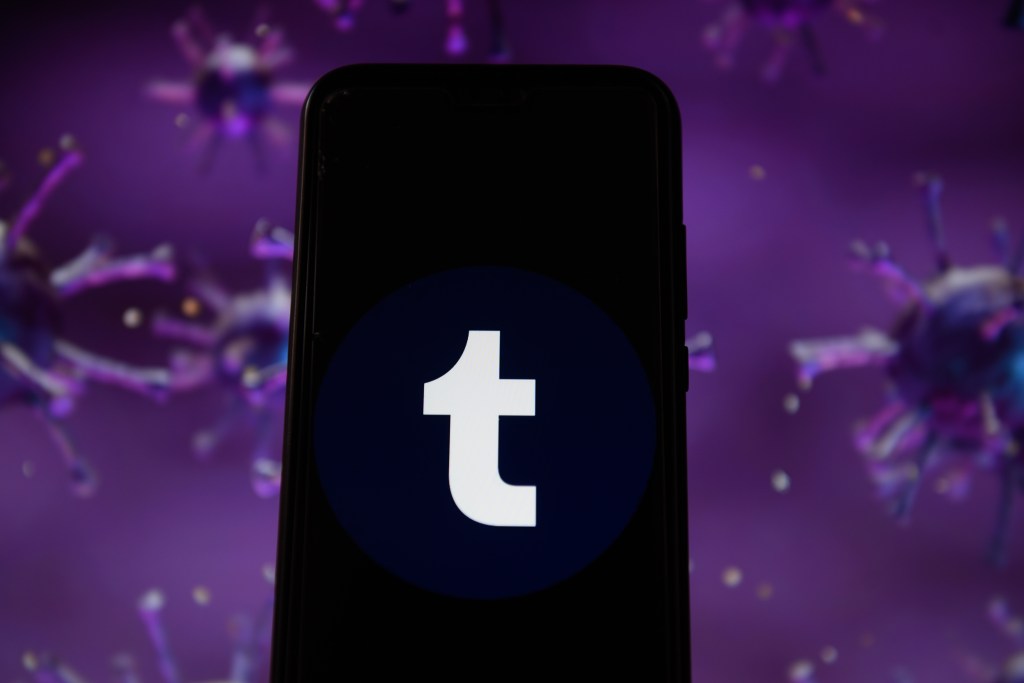Adam Sandman
When it comes to user-centered design (UCD), the goal of each design process is the same: create a great product for your end-users.
In normal economic times, the use (or lack) of UCD can greatly influence the success or failure of a project. In this more fiscally constrained environment, the stakes are even higher.
Up until 2022, the capital markets were such that any team with a good idea and reasonable business plan could get funding to launch a new product. Now that investors are more demanding and writing smaller checks, UCD can be the difference between your business launching or never making it off the drawing board.
The UCD approach and checklist
The UCD approach is adaptable to many different scenarios. Nonetheless, you should always remember a few key principles. Here’s a checklist for creating a UCD approach:
- Ask a lot of questions to understand why your customers want a problem to be solved.
- The optimal number of prototypes/ideas to have at one time is five. Anything else is counterproductive.
- Consider if you are solving an emotional problem.
- When testing, practice empathy (understanding, not sympathy).
- Incorporate design philosophies that address accessibility.
We launched in 2007, right in the middle of the Great Recession, so external funding was not an option. We therefore took a lean approach that eschewed expensive software development and marketing, and instead used UCD for everything from the company name and logo to our first product. Each of the following lessons will be useful for founders looking for some ways to do more with less.
UCD for the business concept
Our original business plan at Inflectra was to launch a software test management tool similar to other more expensive, complex and harder-to-use products already on the market. We believed that a better, simpler product with a more user-friendly user interface at a significantly lower price point would be easy to market and sell without having to build a new market completely from scratch. This product would ultimately become what is now known as “SpiraTest.”
However, before launching the business, we employed UCD principles to ask lots of questions to colleagues, potential customers and users. I was lucky that our target users were software quality assurance professionals and project managers, and I was working for a company that did lots of project management and software testing. I was fortunate to have a ready supply of real-world users to work with.
So here’s my first tip: Make sure you have a user community available to test with.
In discussing my colleagues’ problems, asking many “why” questions helped us determine that besides the pricing, the existing tools on the market had complicated licensing, were hard to administer and were impossible to integrate with other development tools. Probing deeper, the emotional problem was that testers felt like developers got all “the good tools” while they were forced to use Microsoft Excel to track everything.
These insights helped us refine our initial business plan to build and sell “integration,” keep licensing transparent and simple, minimize the burden of administration and ensure there was an easy path from Excel to our product.
UCD for the company’s name and logo
In parallel with creating the business plan, we started developing a company name, logo and mission statement to anchor the business beyond its initial product. Although we had our initial product in mind at this point, we wanted to create a broader company name and identity since we imagined having a suite of tools.
Rather than just picking a name at random, we decided to use UCD to come up with a name that was unique, meant something and helped create an emotional connection for our potential customers and users.
We used UCD principles to come up with a shortlist of at least five names (from an initial longer list).

I had some advice from a friend who was a poet: To see if a name can leave an emotional imprint, read out a list of names to a young child and see what they remember.
This was great advice, as UCD principles encourage exploring new perspectives. So I read out five shortlisted names to my five-year-old son at bedtime. The next day, I asked him which name he liked, and he jumped down the stairs, shouting “Inflectra Dot Com.” We registered the name that day!
Similarly, when we came up with each of our product names and logos, we created about five prototypes and asked friends and colleagues to see which one they liked. Ultimately, we used the ones that were ranked highest.
UCD for your MVP
Now that we had our company identity, a business plan (and name) and an idea for an initial product, we had to develop the features and user interface. It was not feasible to create a version with every feature that competitor products had, and because our goal was to ensure high usability, all of those features would not have been desirable anyway.
We believed in the 2001 agile manifesto, so we decided instead to create an initial, very lean 1.0 version that had each of the core features (requirements, test case management and defect tracking, and reporting), but without a lot of depth. This is because when you have a new product that you want feedback on, your users need to see a vision of the whole and be able to “see, touch and taste” what the product will become before it is fully fleshed out.

Here’s another essential lesson we learned from this: When developing an MVP, focus on breadth; it’s OK to leave some parts as static prototypes.
For the graphic design, we had multiple prototypes and color schemes. For the pages themselves, we used tools like Visio and Illustrator to create simple “wireframes” that we could adjust easily while letting users see what the product could look like.

We would ask potential users to look at a wireframe and tell us where they should “click” to perform a certain action. We even would give them a red pen and ask them to pretend it was a mouse pointer and click through certain pages. The advantage of this over a true HTML prototype was that we could let the user focus on the interactive elements rather than the design, and we could quickly make changes without becoming too attached to our design.
We learned from this that it is critical to adapt based on user interactions. It is not what users say that is important; it is what they do.

Once we released SpiraTest 1.0 as a free trial (using AdWords paid search to create some initial demand), we quickly realized that users would have lots of questions and suggestions for features. It soon became apparent that we were not likely to get our first paying customer until we had implemented at least some of these features. The challenge was that we didn’t have any investor money to fall back on, and we had a runway of about 10-12 months to make our first sale.
Therefore, using UCD principles was immensely important to develop and release the next versions. Some key techniques we used when dealing with questions/feedback included:
- Asking “why” multiple times: When a user asked for a feature or gave feedback on an existing feature, we learned to repeatedly ask “why” so that we understood not just the feature they were asking for, but the business context behind that feature. This allowed us to better understand their needs and build a different feature that could solve multiple needs at once. This was much more efficient and enabled a better user experience than just adding features on demand.
- Looking for consistent patterns: When multiple users are asking for features that lead to the same underlying problem, you need to prioritize all the features that target that issue. That way you are meeting the largest number of needs at once.
- Providing multiple solutions: We would often show a prospective customer multiple ways we planned to meet their business needs. We used this to validate that our solution would actually solve their problem and also ask them if they’d pay for the product if it had this feature. That way, we’d know how close we were to achieving product-market fit.
Finally, after nine months of product updates, we sold our first license of SpiraTest.
In conclusion
When you are looking to create a new business, product or service, using user-centered design principles can be invaluable. From validating the concept and creating the corporate identity to the launch of the initial product, the UCD approach will save time and money and increase your chances of success.































Comment